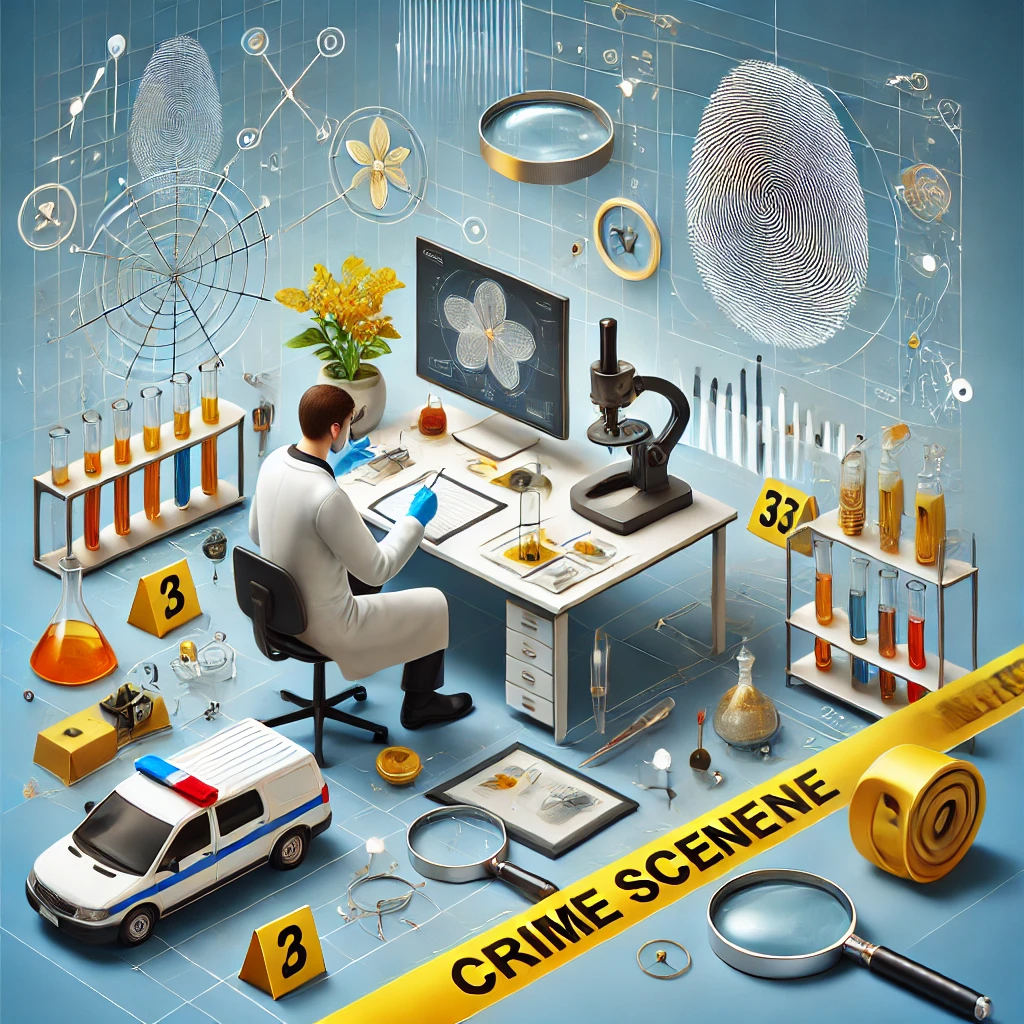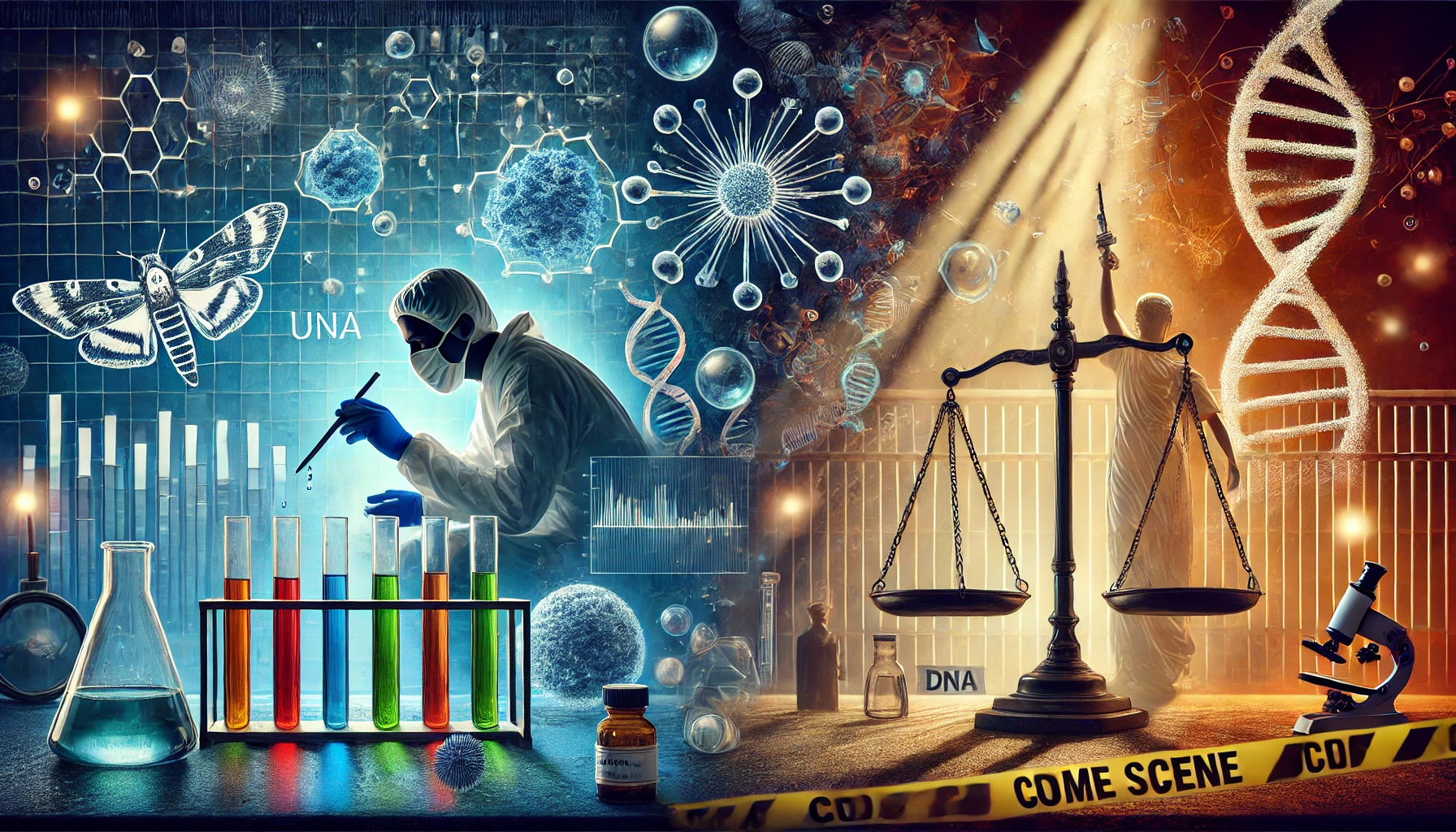Forensic science and criminology are two essential fields that work hand in hand to uncover the truth behind criminal activities. These disciplines contribute significantly to the understanding of criminal behavior, the investigation of crimes, and the ultimate administration of justice. In this article, we will delve into the relationship between forensic science and criminology, exploring how forensic methods are applied in criminal investigations, the role of criminology in understanding crime patterns, and the benefits of their integration.
What is Forensic Science?
Forensic science refers to the application of scientific principles and techniques to solve crimes. It involves a variety of specialized fields, such as toxicology, DNA analysis, ballistics, and fingerprint analysis, all aimed at collecting, preserving, and analyzing evidence from crime scenes. Forensic scientists use this evidence to provide critical insights that help law enforcement agencies solve criminal cases.
Key aspects of forensic science include:
- Crime Scene Investigation: Collecting physical evidence such as fingerprints, blood samples, and hair strands.
- DNA Analysis: Identifying suspects or victims based on genetic material found at crime scenes.
- Toxicology: Determining if drugs or poisons played a role in a person’s death or impairment.
Forensic science plays a crucial role in providing tangible evidence that can confirm or refute theories about a crime, making it indispensable in criminal justice systems.
What is Criminology?
Criminology is the scientific study of crime, its causes, its effects, and its prevention. This field examines criminal behavior, social structures, law enforcement practices, and the effectiveness of the criminal justice system. Criminologists use various sociological, psychological, and legal theories to understand why crimes occur and how societies can reduce criminal activity.
The main goals of criminology are:
- Understanding Crime: Exploring the psychological, sociological, and economic factors that contribute to criminal behavior.
- Preventing Crime: Developing strategies to deter crime, based on an understanding of criminal patterns and motivations.
- Rehabilitation: Studying the effectiveness of punishment and rehabilitation programs for offenders.
Criminology focuses on identifying the root causes of crime and determining how to minimize it in society.
The Role of Forensic Science in Criminology
Forensic science plays a critical role in criminology by providing the scientific evidence needed to confirm theories about criminal behavior. Through forensic analysis, criminologists can gather concrete data to support their research and further understand the circumstances surrounding crimes. Some key intersections between forensic science and criminology include:
- Solving Cold Cases: Criminologists rely on forensic science to help resolve old criminal cases, especially when new technologies, such as DNA analysis, become available.
- Understanding Crime Scenes: Forensic scientists help criminologists interpret crime scenes and the physical evidence left behind by perpetrators, offering insights into criminal behavior patterns.
- Profiling Criminals: Criminologists often use forensic evidence to create psychological profiles of criminals, which can help in understanding motives and predicting future criminal activities.
By bridging scientific analysis and criminal theory, forensic science enhances criminology’s ability to offer detailed explanations for criminal phenomena.

Applications of Forensic Science in Criminal Investigations
Forensic science is indispensable in modern criminal investigations. It has revolutionized the way law enforcement agencies approach crime-solving. Below are some applications of forensic science that directly impact criminology:
- DNA Evidence: One of the most groundbreaking advancements in forensic science, DNA evidence has played a pivotal role in solving cases, exonerating the innocent, and convicting the guilty. Criminologists study how DNA evidence can change the way criminals are apprehended and how the criminal justice system functions.
- Fingerprinting: Since its introduction, fingerprint analysis has become a primary tool in identifying suspects and linking them to crime scenes. Criminologists explore how this tool has contributed to criminal justice and its potential for preventing future crimes.
- Digital Forensics: In today’s digital age, many crimes involve digital evidence. Digital forensics involves recovering and analyzing data from computers, mobile phones, and other electronic devices. Criminologists examine how digital evidence shapes modern crime and criminal behavior.
The Interplay Between Forensic Science and Criminology: Enhancing Criminal Justice
The integration of forensic science and criminology has greatly enhanced the effectiveness of criminal justice systems worldwide. Together, they provide law enforcement agencies with the tools needed to solve crimes more efficiently and ensure that justice is served.
- Improved Investigative Techniques: Forensic science provides criminologists with the data they need to understand crime trends, analyze the causes of criminal behavior, and predict future criminal activities.
- Advancing Criminal Profiling: Forensic evidence allows criminologists to build accurate psychological profiles of criminals, improving the accuracy of criminal investigations and apprehensions.
- Increased Public Confidence: By solving crimes with scientific evidence, forensic science and criminology help build trust in the criminal justice system, ensuring that justice is served based on facts, not speculation.
Conclusion
Forensic science and criminology are two sides of the same coin. While forensic science provides the empirical evidence necessary for criminal investigations, criminology offers the theoretical framework for understanding criminal behavior. Together, these fields create a robust approach to solving crimes, preventing future offenses, and ensuring justice is administered effectively.

